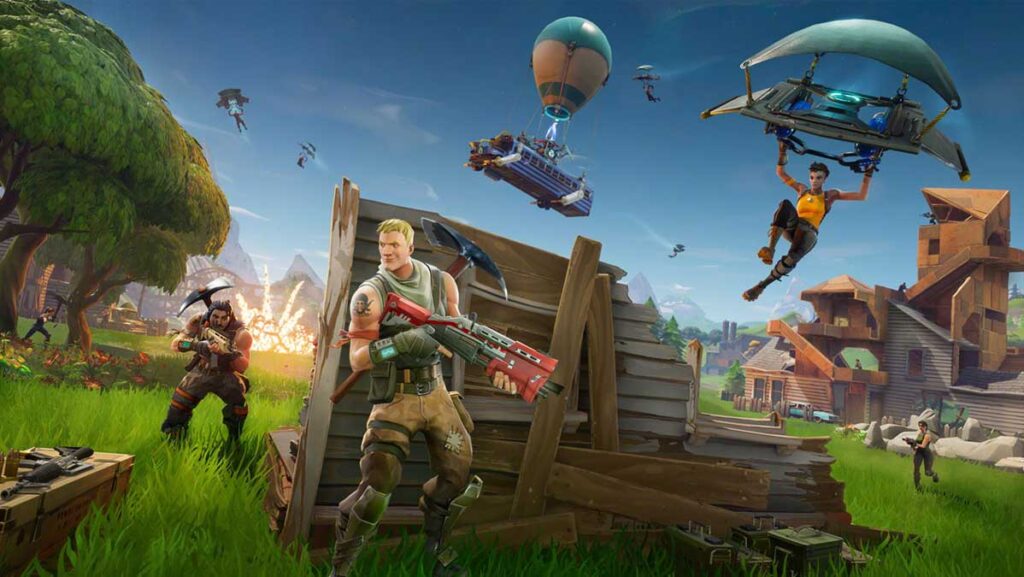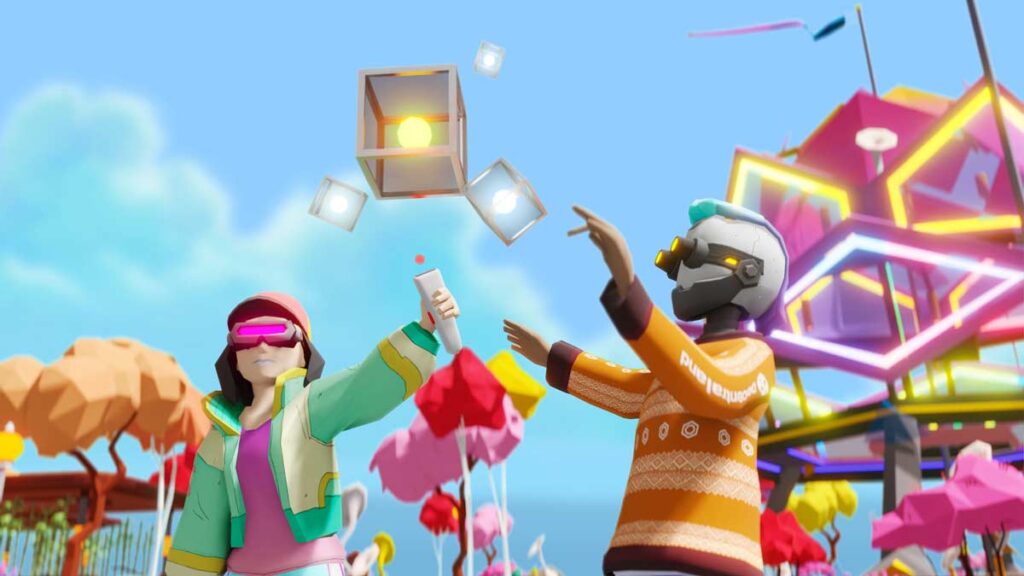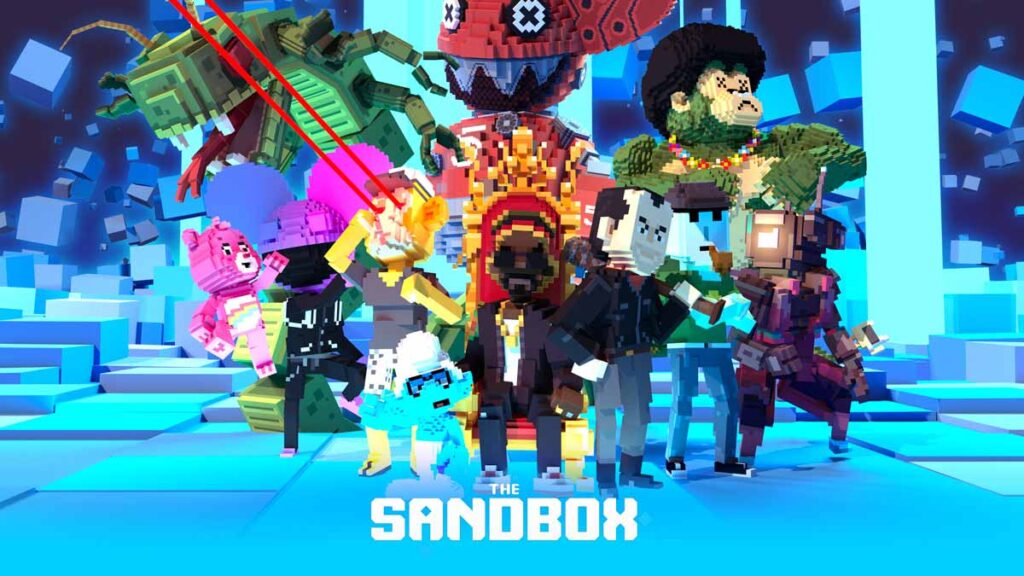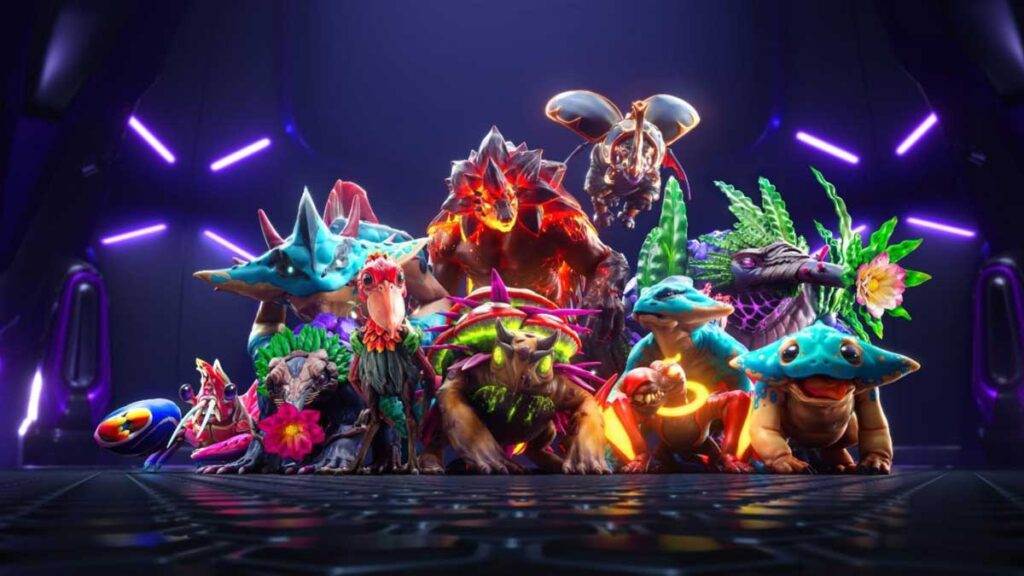The concept of the metaverse was first introduced in 1992 in the science fiction book “Snow Crash” written by Neal Stephenson. Since then, the term has gained popularity and reached great prominence in 2021 when Mark Zuckerberg decided to rename his company Facebook to Meta.
But what is the metaverse anyway? How does the metaverse relate to the gaming world?
The metaverse, in short, is nothing more than the existence of a virtual world that replicates and simulates everyday reality. According to Wikipedia’s description: “It is a collective and shared virtual space, constituted by the sum of virtual reality, augmented reality and the internet”.
While the term has become a popular topic recently, I would venture to say that the metaverse has had a natural and expected curve towards games. More than a decade ago, I remember sitting in front of the computer and finding a universe similar to the real world. There it was possible to work, study, date, walk around different places and communicate with people from all over the world – it was enough that they were inside the same server as you. The universe, in fact, was the Second-Life game.
I was still very young at the time, but over the years I discovered that it was also possible to market and make real money within the game platform, there were people specialized in creating clothes, others in architecture, director of events and much, much more .
The game was so successful that it even spawned a documentary entitled Life 2.0, directed by Jason Spingarn-Koff. In the documentary, the lives of people who actively participate in the game’s universe are shown and what gains and impacts this generates in each one’s life.
Time passed and the popularity of the game that was a precursor in the virtual world waned, but much of the initial concept of Second-Life remained present and inspired other game developers to go towards the metaverse.
Read more about Web3:
- What are Web3 Tokens
- The Internet is Evolving: What is Web3?
- Web3 games: what are they and what are their characteristics?

Currently, we have as a great representative of the metaverse the game Fortnite, which began its trajectory as a Battle Royale – game category where several players coexist on a map and the final objective is to be the last survivor – and, due to the investments of its developer, Epic Games, became known worldwide for taking the community experience to another level of entertainment through shows and events held by real-world artists within the game platform.
Artists like Ariana Grande, Travis Scott, DJ Marshmello and even the k-pop group BTS are some of the figures who have made themselves present in the Fornite metaverse.
Metaverse and the crypto market
When we talk about blockchain, Web3, cryptocurrencies and NFTs, we are talking about a decentralized and constantly evolving market, which follows consumer preferences and brings real-world concepts to the online environment. An example of this is the sale of NFTs, which democratizes art on the internet. However, even though it is a world full of lucrative opportunities, we must always be careful not to be victims of scams or misleading promises of success.
Today, there are some game platforms that stand out and are aligned with the concept of metaverse and Web3, they are: Decentraland, The Sandbox and Illuvium.

Decentraland is one of the most popular games when it comes to metaverse and crypto market. The 3D virtual universe combines elements of Minecraft and Second Life, allowing players to purchase virtual land represented by LAND tokens. There, players make payments and live an experience close to the reality of the physical world online. The currency of the Decentraland universe is called MANA and is a true cryptocurrency that can be acquired through in-game achievements or self-purchase. Additionally, the game offers a variety of collectibles such as skins and avatars that can be purchased and added to players’ experience.

Launched in 2021, The Sandbox started its operation as an app with 40 million users, generating 70 million in-game assets. The game allows players to build digital lives and perform activities in a virtual universe. The Sandbox, like Decentraland, is based on the Ethereum blockchain technology. The platform’s native token is called SAND and is used to acquire non-fungible tokens. These NFTs can represent property, digital assets, avatar items, and other types of goods within the virtual environment.

Like Decentraland and The Sandbox, Illuvium is completely built on the Ethereum network. In Illuvium, players who participate in in-universe actions receive NFTs as a reward. One point that differentiates Illuvium from the others is that it is a battle game that mixes metaverse, DeFi and cryptocurrency concepts. The game’s currency is called ILV and, in addition, the game has its own decentralized exchange called IlluviDEX.
Decentraland, The Sandbox and Illuvium are three games that have a decentralized organizational structure, known as the Decentralized Autonomous Organization (DAO). Decentralized games have rules and decisions created by the players themselves through voting and democratic governance. The role of decentralization in games is interesting as it allows players to feel like an active part of the universe, as they contribute to games in various ways, from creating new updates to rewards. If the metaverse is the future of gaming, we don’t know for sure, but the meeting of the metaverse with Web3 is very interesting indeed.
Translated by Laura Bonci






